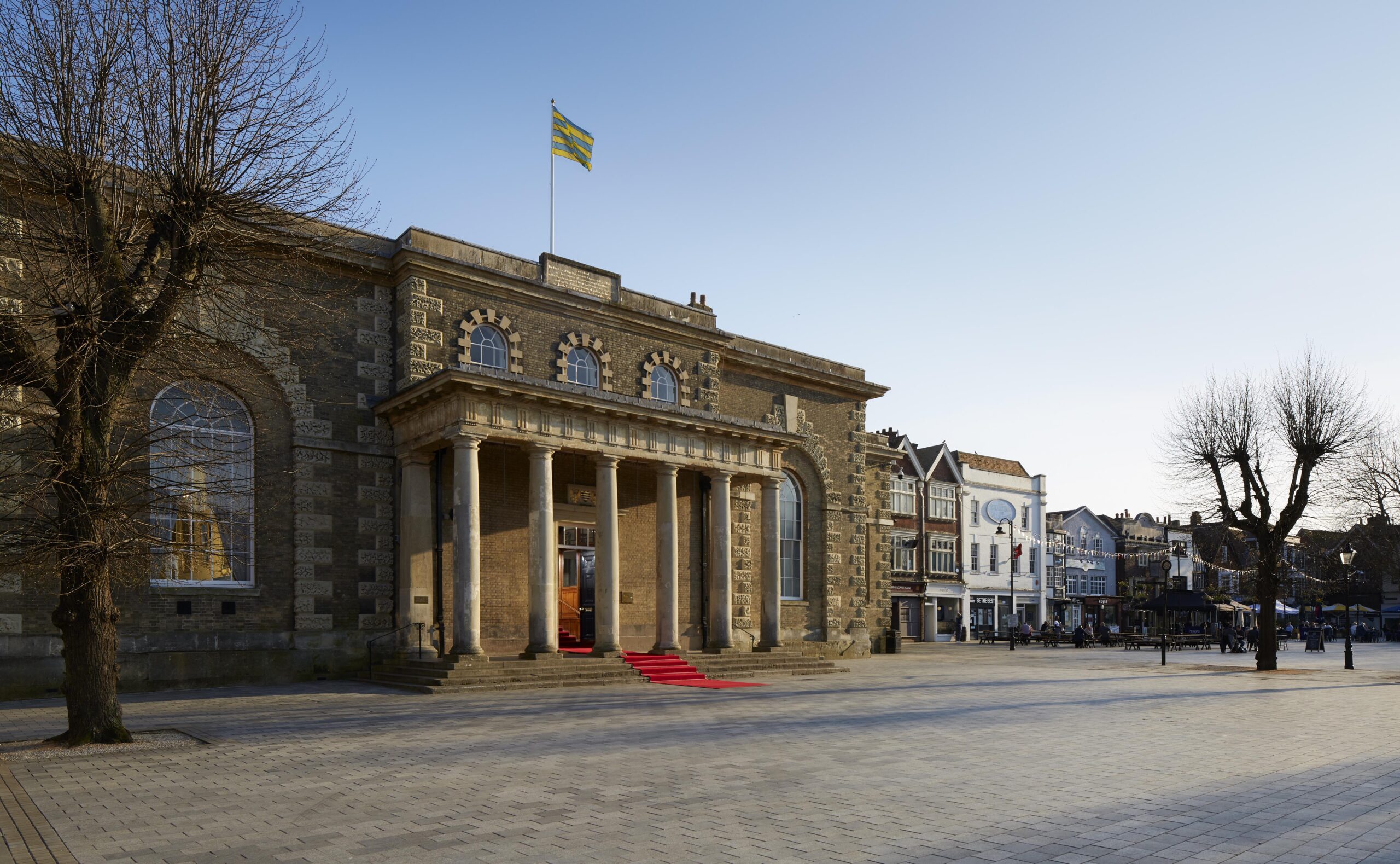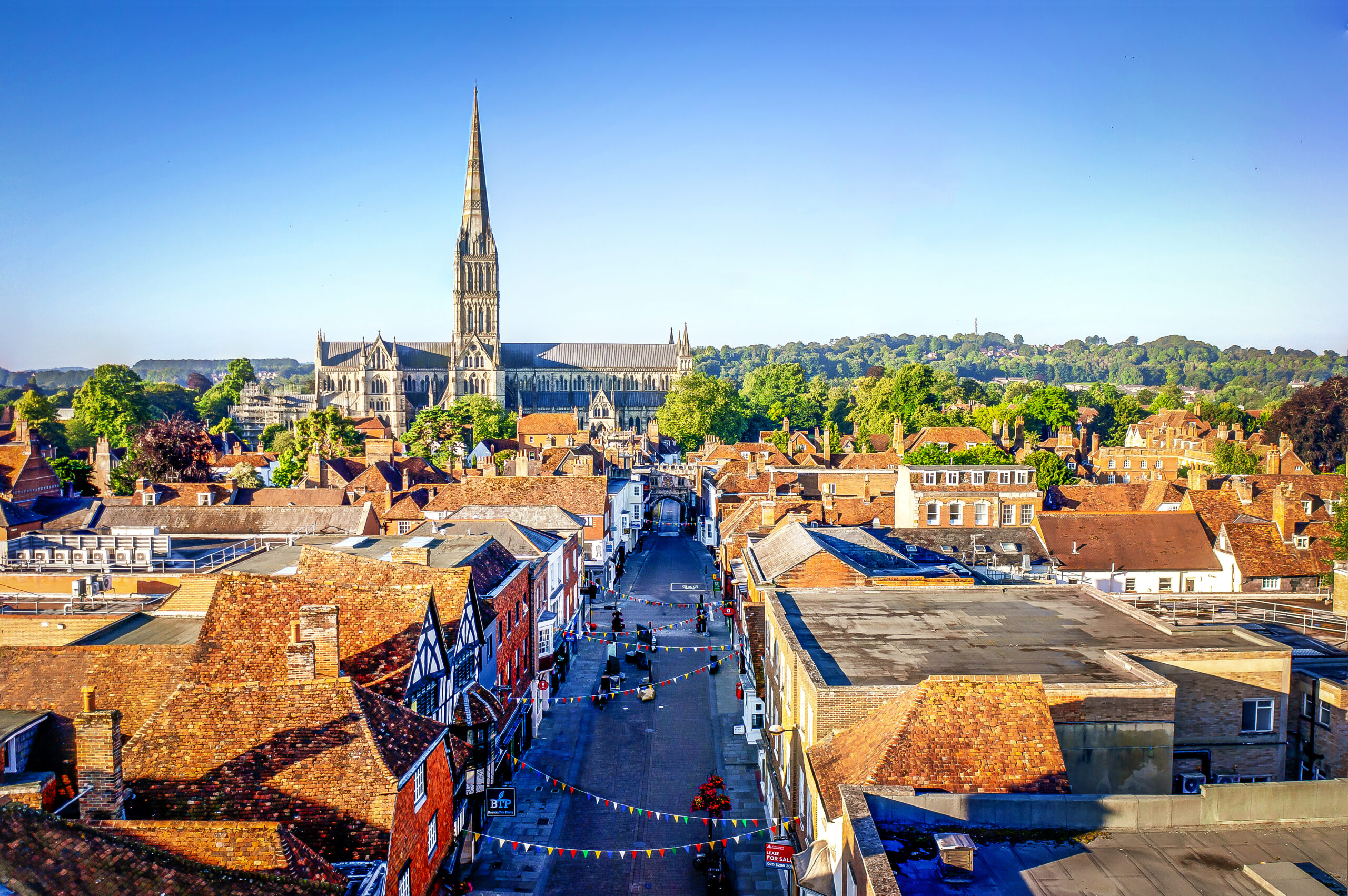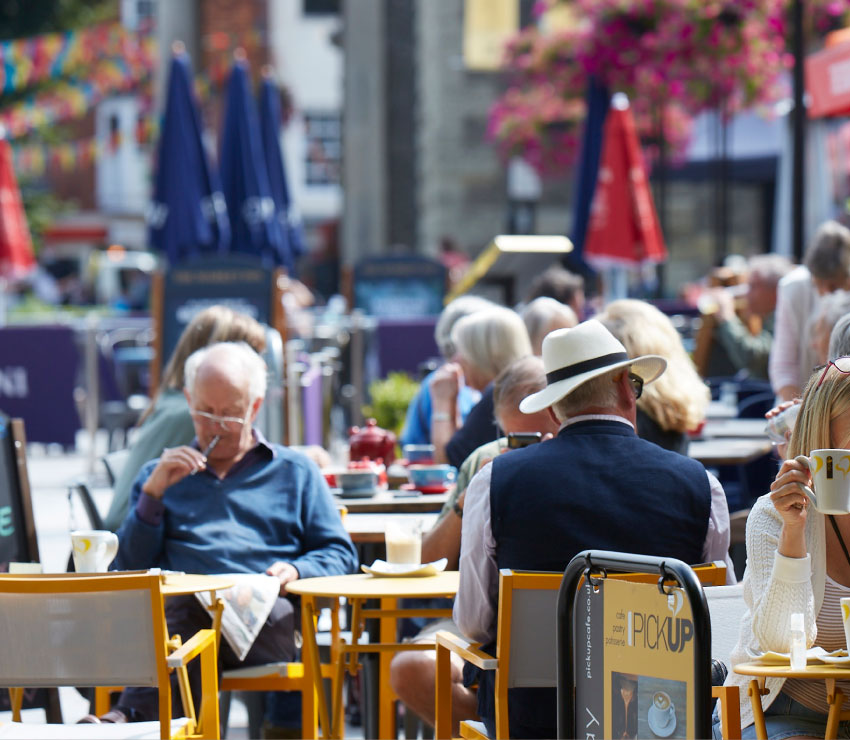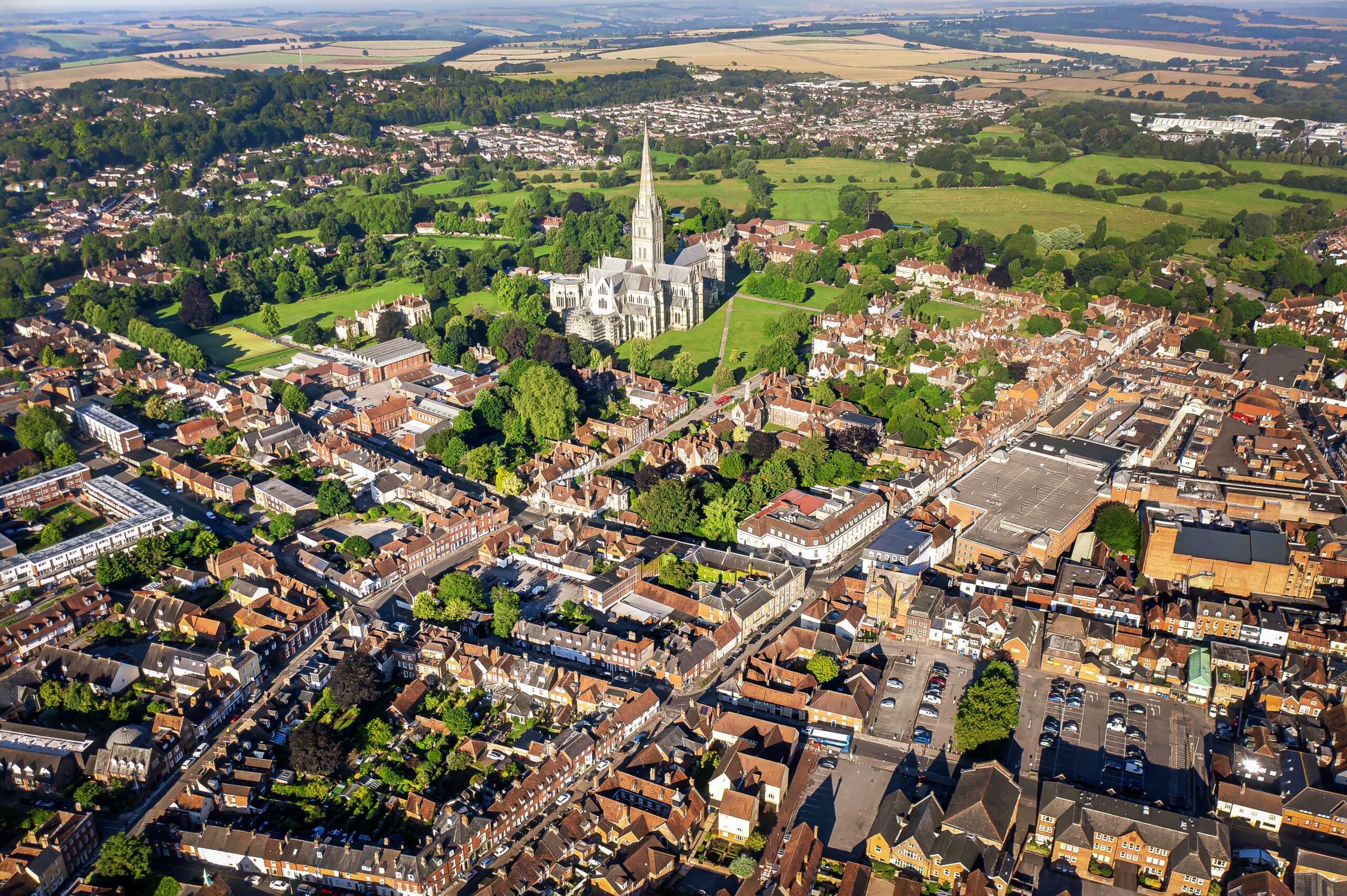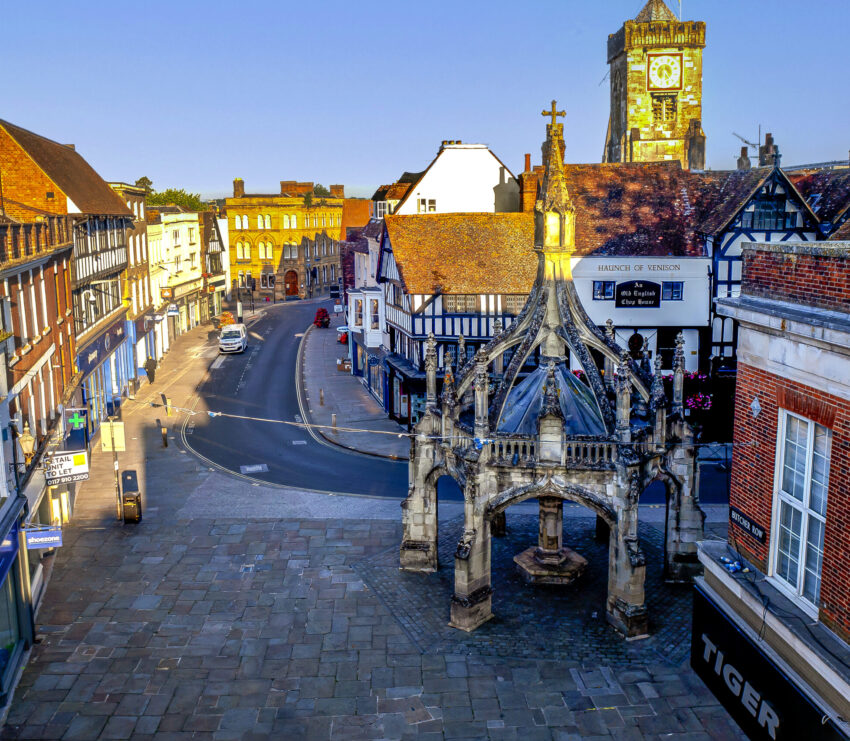Start Typing...
What is happening at the Poultry Cross?
As part of our efforts to develop a comprehensive restoration programme for The Poultry Cross, we recently facilitated access for both a Structural Engineer and an Architect to conduct a closer inspection of the roof timbers.
The inspection revealed significant deterioration of the timber roof structure, and as a result, temporary scaffolding has been erected to secure the immediate safety concerns. We are working closely with structural engineers and conservation specialists to scope the required repair programme. Once this is fully costed, we will begin exploring funding options.
Why weren’t these issues identified in 2022?
Why weren’t these issues identified or resolved during the restoration works that followed the vehicle collision at the site in 2022?
Those works were largely covered by insurance, which funded repairs to the specific damage caused by the crash. The insurance did not cover historic deterioration.
While we did take the opportunity at the time to carry out some minor additional works at the top of the structure to make best use of the scaffolding already in place, this was not, and could not be, a comprehensive restoration.
What are the next steps?
A detailed paper will be brought to the Environment Committee in September, setting out the necessary information to support evidence-based decision-making on the next phase of work.
Thank you for your support and patience as we take steps to put our city’s assets on a more sustainable and resilient footing.
History of the Poultry Cross
Origins and Early Market Life (13th–15th Century)
- Salisbury’s Market Charter was granted in 1227, making the city a hub of commercial activity. Distinct crosses were established to mark sections of the market based on goods sold.
- The Poultry Cross was first documented around 1307, situated at the convergence of Minster Street and Silver Street.
- It was originally a timber-framed structure, likely open-sided, offering traders shelter while selling fowl such as chickens, geese, and ducks.
- Its name, “Poultry Cross,” appears by 1430, differentiating it from other crosses: the Cheese Cross, Yarn Cross, and Barnard’s Cross (livestock).
Gothic Stonework and Architectural Flourish (Late 1400s)
- The existing stone structure was likely completed in the late 15th century, replacing the earlier wooden one. It was probably funded by the guild or local merchants.
- Built in a hexagonal layout, the cross features Perpendicular Gothic stonework typical of the time: crocketed finials, traceried panels, and ogee arches.
- It served as more than a market canopy, it was a symbol of civic pride, built to last, and to reflect the prosperity of the growing cathedral city.
Alterations and Georgian Rationalism (18th Century)
- By 1711, the Cross had fallen into some disrepair or perhaps been considered unfashionable.
- Georgian officials removed the flying buttresses (probably to improve access or due to structural decay), added a sundial to the top, and fitted stone benches around its base.
- This simplified form endured for over 140 years, and was often sketched and mentioned in travelogues of the period.
Victorian Romanticism and Restoration (1852–1854)
- As part of the 19th-century Gothic Revival, Salisbury’s civic leaders restored the Cross.
- Architect Owen Browne Carter, with mason W. Osmond, undertook the reconstruction of the upper portions, based on drawings of similar medieval market crosses.
- The buttresses were reinstated, topped with elaborate pinnacles. While not part of the original structure, they were faithful to the Gothic style and added vertical elegance.
Modern Designation and Conservation
- Listed Grade I in 1952, the Poultry Cross is officially recognised for its architectural and historic importance.
- It remains the only surviving one of Salisbury’s four medieval market crosses.
- The Cross continues to serve as a market shelter on trading days, especially Tuesdays and Saturdays.
- Recent repairs (2022–2023) included sensitive restoration after a vehicular collision. Specialists used traditional lime mortar and carved stone blocks to maintain authenticity.
Cultural Significance
- The Cross has been painted, photographed and sketched by artists for centuries, including J.M.W. Turner, and features in many Victorian guidebooks.
- It’s one of the most iconic landmarks of Salisbury, second only to the cathedral and is often used as a meeting point for locals.
- It also symbolises continuity: commerce and community have thrived beneath its arches for over 700 years.

